Stuart Beveridge weighed just two pounds when he was born severely premature at Forth Park Hospital in Kirkcaldy.
The now 38-year-old says the blindness he’s lived with his whole life was a result of being placed in an incubator where the oxygen levels were too high.
Stuart’s early years were shaped by the challenge of growing up without vision.
It was a particularly difficult time for his parents.
However, Stuart says he has never allowed his condition to define his potential.
That’s because being blind is all he’s ever known and he’s done his best to live as normal a life as possible.
“Being blind is my normality,” he says with a smile. “I might as well get on with it and make the most of what I have!”
Stuart, of Lochgelly, is full of enthusiasm when we catch up for a chat about life as a blind man and how he’s overcome adversity.
What are Stuart Beveridge’s highlights of overcoming blindness?
At school, he managed to play football with sighted pupils after a bell was put inside the ball. At 18, he became the first Scottish pupil to use a guide dog in school. He later went on to work for former Prime Minister Gordon Brown when he was still the Labour MP for Kirkcaldy.
However, it’s in his role at the heart of Fife’s Seescape, a charity focused on helping the visually impaired, that Stuart now takes the greatest satisfaction.
As Seescape’s head of assistive technology, he’s gone from learning to navigate the world without sight himself to becoming a leading figure in helping others like him embrace technology to regain independence.
“What I’m doing is passing on experiences because what I want is life to be as easy as possible for blind and visually impaired people,” he says.
“I want to continue working with developers so that I can pass on my feedback and hopefully make this tech as market ready and fool proof as possible.”
How did Stuart Beveridge adapt to blindness in his younger years?
Attending nursery at Touch Primary School, which had a special unit for visually impaired students, Stuart quickly learned Braille and began the long road to independence.
By integrating with sighted children, Stuart was able to develop social connections.
He laughs that he had the best of both worlds.
After attending Lochgelly High School, he pursued higher education, earning a business degree from what was then Lauder College (now Fife College) and later Napier University in Edinburgh.
While Stuart had academic success, finding employment proved difficult.
A chance encounter with former UK Prime Minister and Fife MP Gordon Brown changed everything.
Stuart recalls meeting Mr Brown while he was canvassing for votes.
Sharing his struggles in finding work, Stuart was given a lifeline when the then Labour MP recommended avoiding certain job placement routes and later helped secure him a position as a welfare rights worker.
“I thought, ‘typical politician – he’s not going to do a damn thing!’ But six months later, I got a call and ended up working for Gordon at his office in Kirkcaldy,” Stuart laughs.
It was this role that opened doors for him to join Seescape in 2013.
He started as a financial inclusion worker, helping visually impaired clients manage their benefits.
However, it wasn’t long before Stuart’s passion for technology came to the fore.
This eventually led him to head up Seescape’s assistive technology department.
How did Stuart break new ground in assistive technology?
From the beginning, Stuart’s affinity for technology has been clear.
He recalls the transformative moment when he was first introduced to the iPhone’s VoiceOver software.
The revolutionary feature provides audio descriptions of everything happening on the screen.
“When I discovered VoiceOver, I had my first ever ‘wow’ moment,” says Stuart.
“For the first time, I was able to buy an everyday device at the same price as everyone else. That’s when the barriers started breaking down for me.”
Today, he helps others by teaching them how to use smartphones, tablets, and other assistive devices to regain autonomy.
“Everything is far more accessible now,” he adds.
“Companies like Microsoft and Google followed Apple’s lead, incorporating speech technology into their devices.
“Now, whether it’s making a phone call or sending a text message, visually impaired people can do it all independently.”
What difference has having a guide dog made for Stuart?
In addition to technology, guide dogs have played an instrumental role in Stuart’s life.
His first guide dog, Eamon, helped him gain the confidence to go out on his own for the first time.
“I was the first blind person in Scotland to have a guide dog in school,” Stuart says proudly.
“Until Eamon, I had no confidence walking down the street by myself. With him, I was able to go to the shop alone, take the bus, and navigate my daily life.”
Since Eamon, Stuart has had two more guide dogs.
His current companion, Dax, a black Labrador retriever cross, is a vital part of Stuart’s day-to-day life. The dog provides more than just guidance, but a sense of freedom and companionship that he cherishes.
How technology continues to evolve for the visually impaired
Today, Stuart is at the forefront of testing and developing new assistive technologies.
In partnership with tech companies from around the world, Stuart is currently involved in trialling groundbreaking devices, including a wearable navigation aid from Switzerland that uses artificial intelligence and self-driving car technology.
“It’s going to warn me in 3D sound where obstacles are, whether they’re moving or static, and how far away they are,” Stuart explains excitedly.
“It will even help with GPS and tell me when to turn left or right. It’s like 10 Christmases rolled into one.”
From teaching clients how to use smartphones and smart speakers to demonstrating state-of-the-art gadgets like smart glasses and navigation aids, Stuart is ensuring that no one is left behind in this rapidly advancing technological world.
Making a difference at Seescape
Stuart regularly hosts events and workshops, where visually impaired people can come to try out the latest gadgets and devices that could help improve their lives.
But for Stuart, it’s more than just about gadgets – it’s about restoring independence.
“For some people, it’s as simple as being able to read their own mail or make a phone call without assistance,” he explains.
“When you’ve lost your sight, these are huge milestones that help people regain a sense of normality. It’s like they’re getting a part of their life back.”
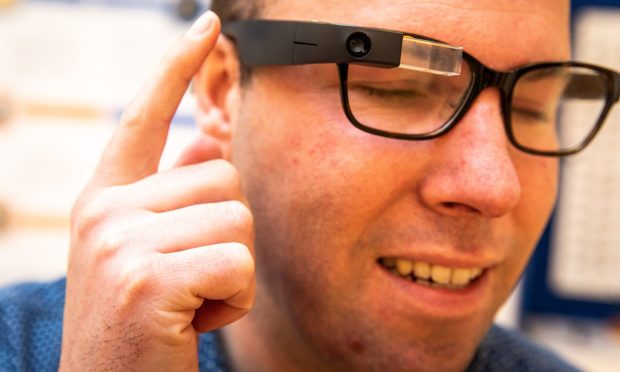
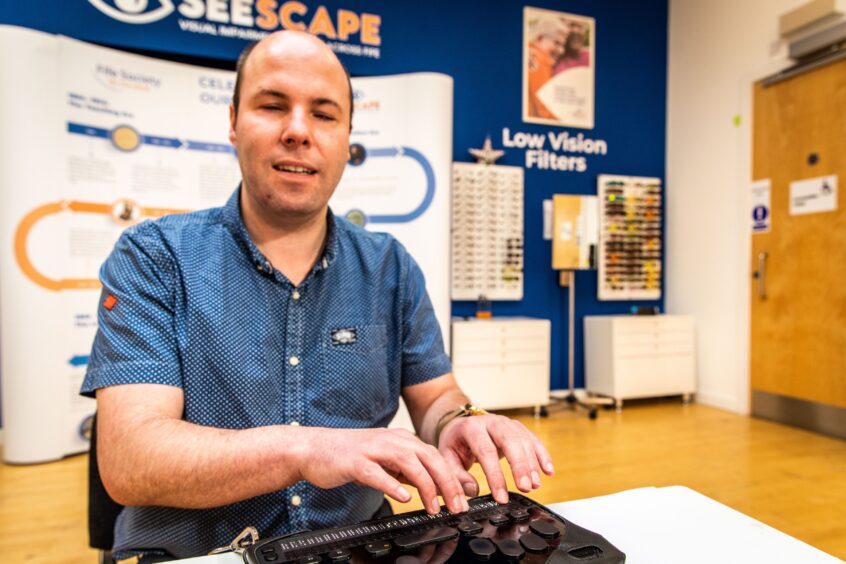
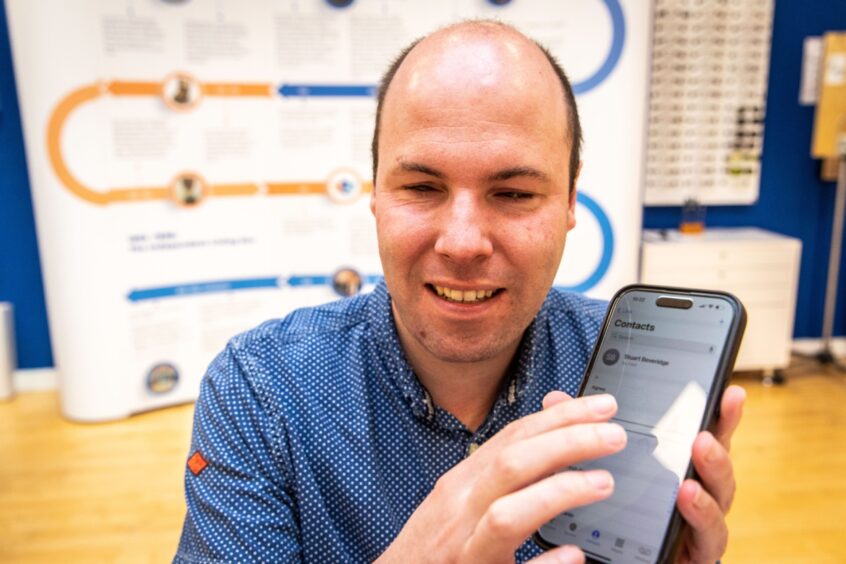
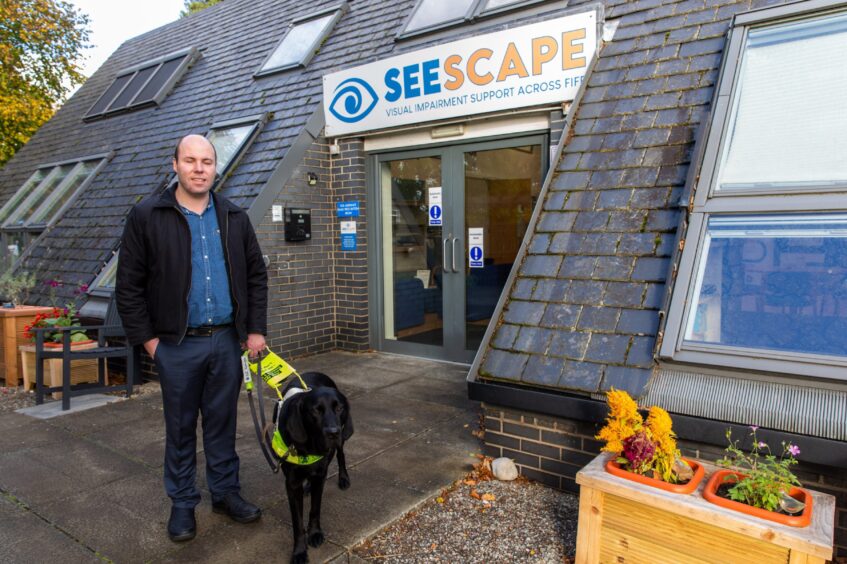

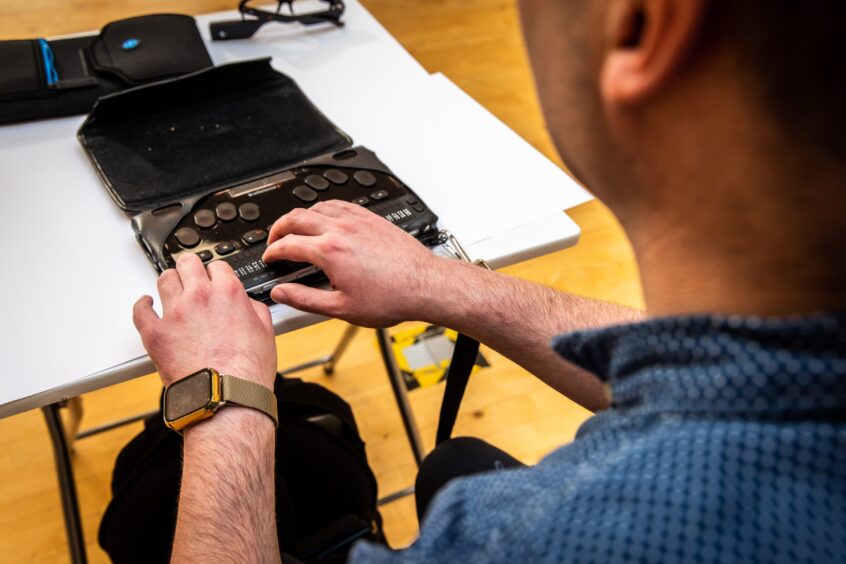
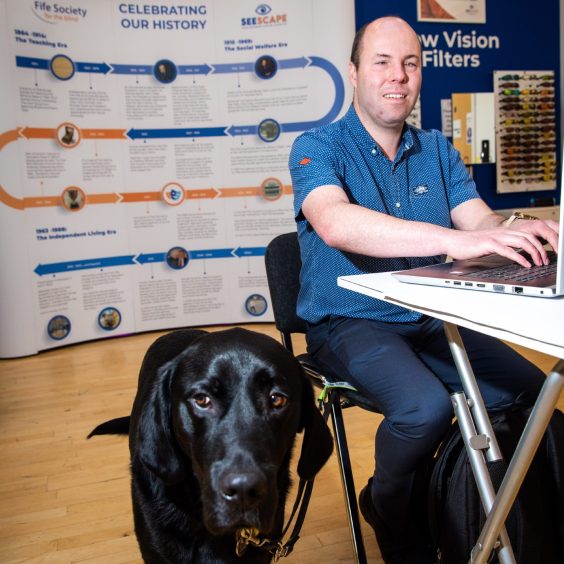
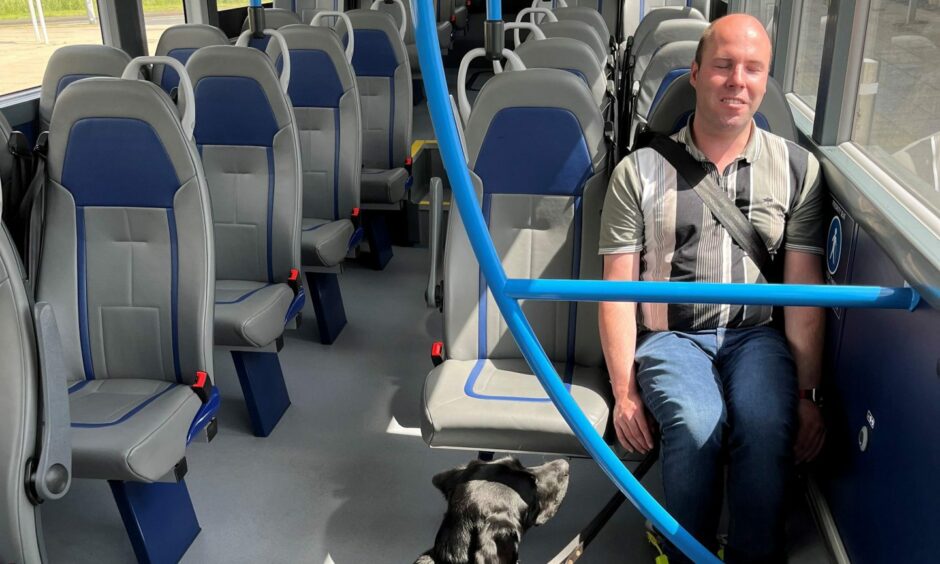
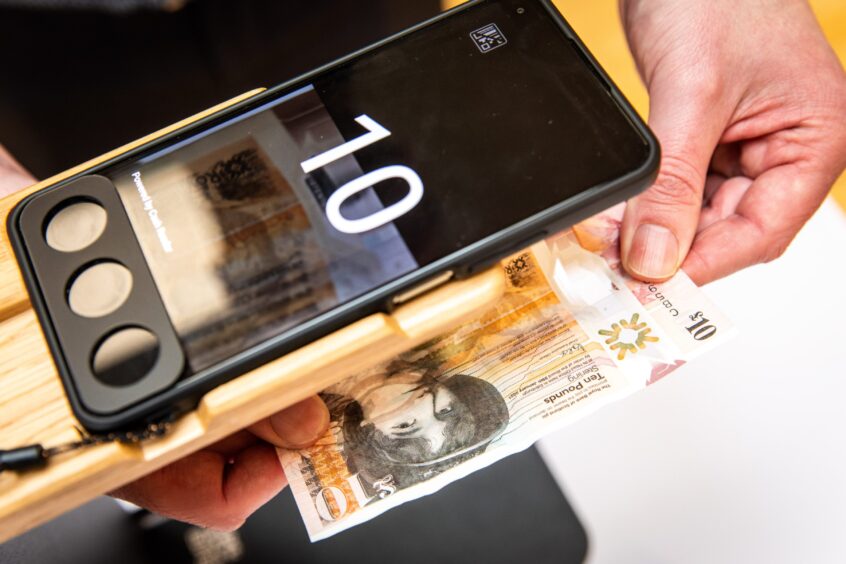
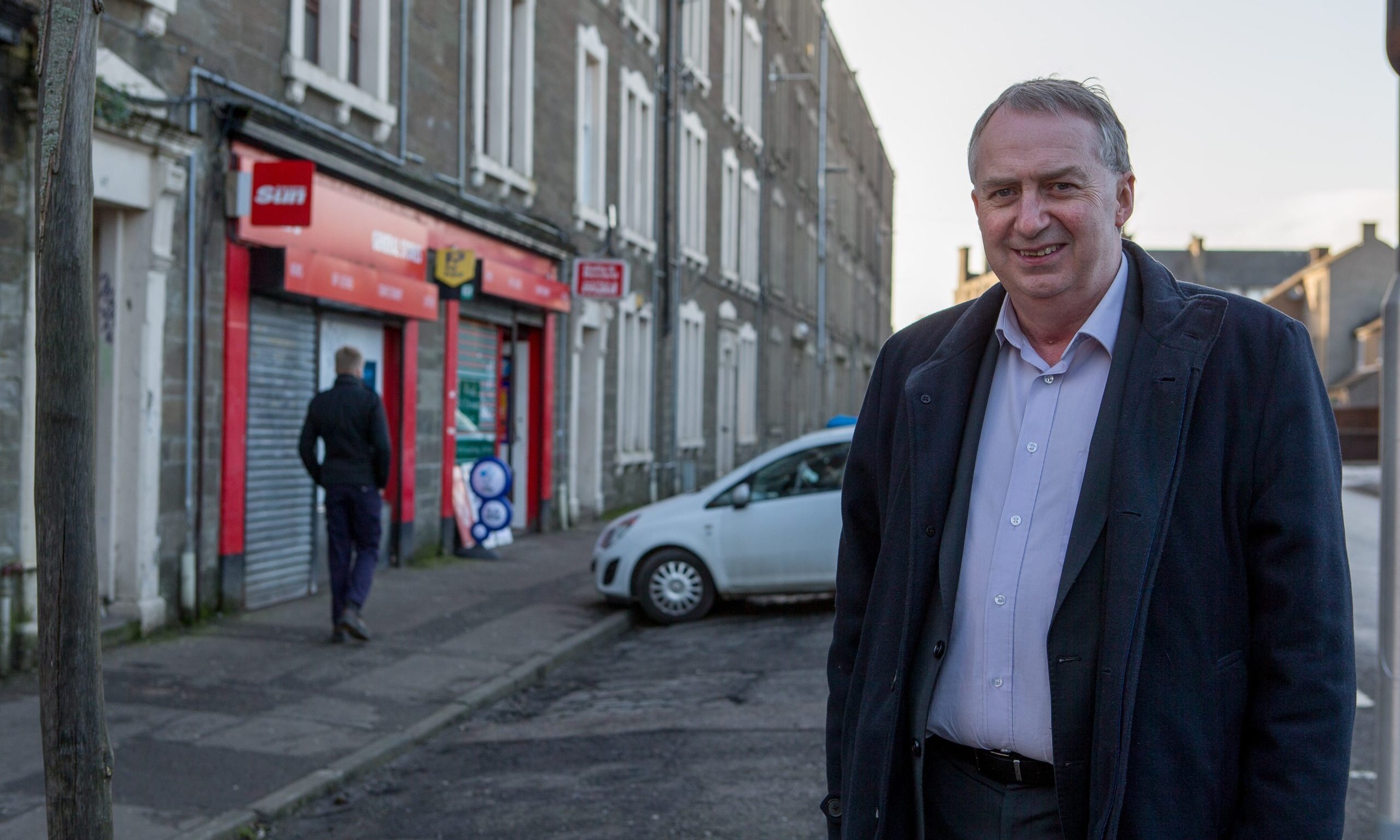
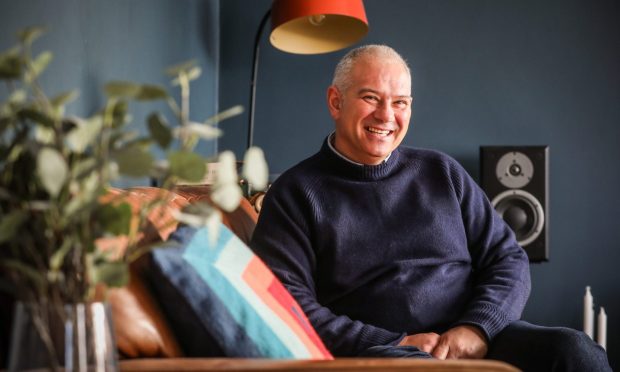
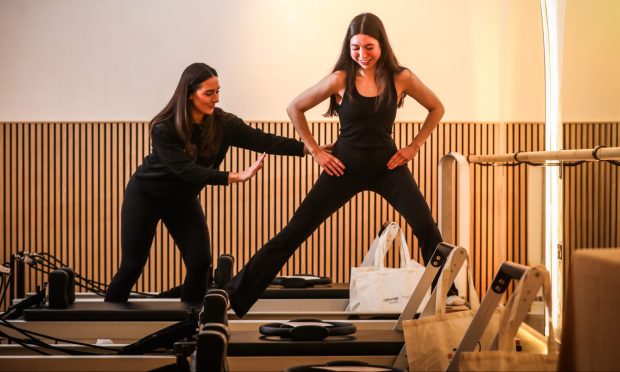
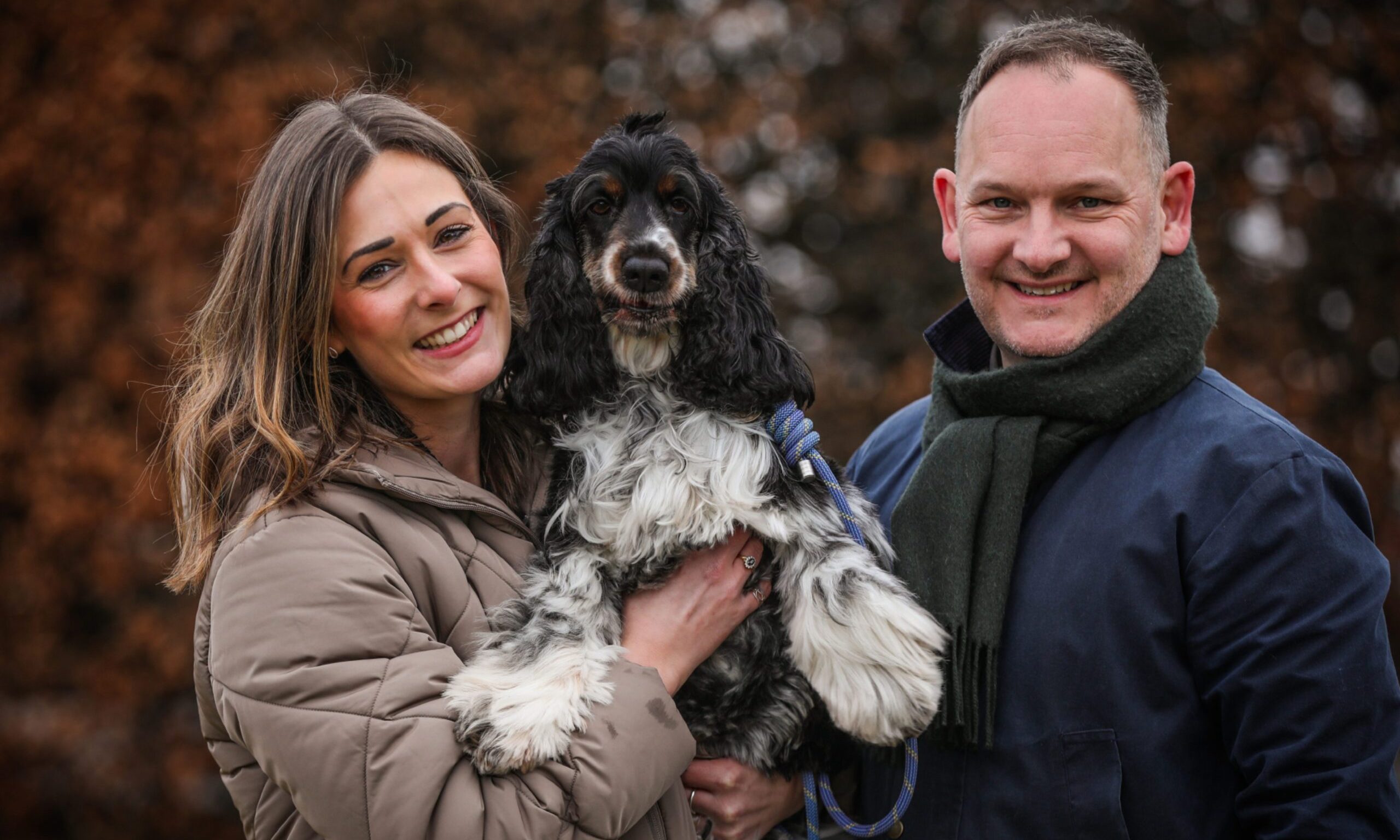
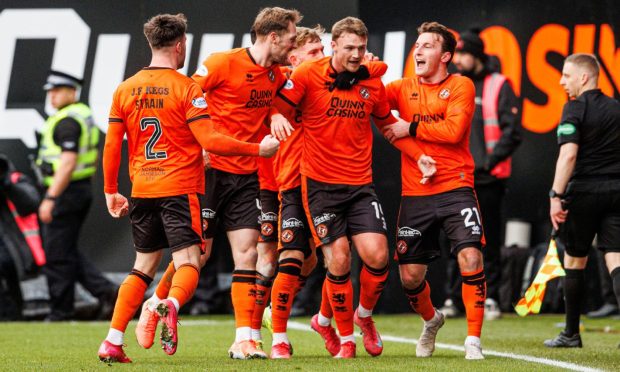
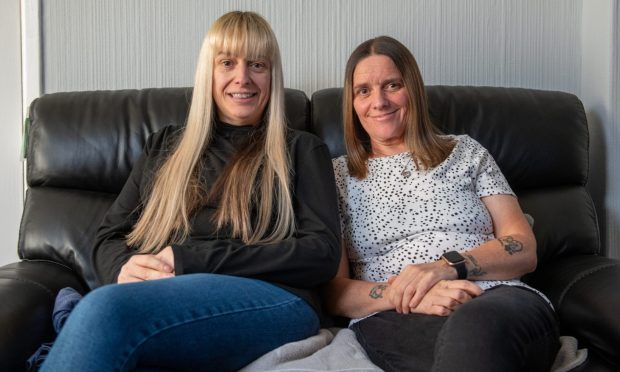

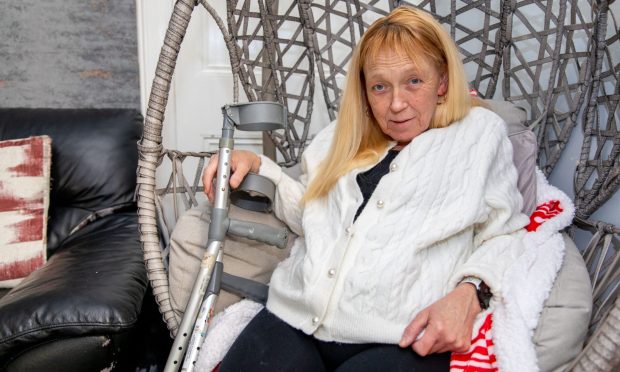
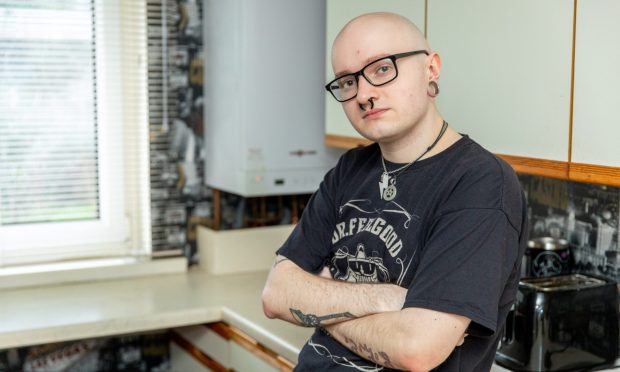

Conversation